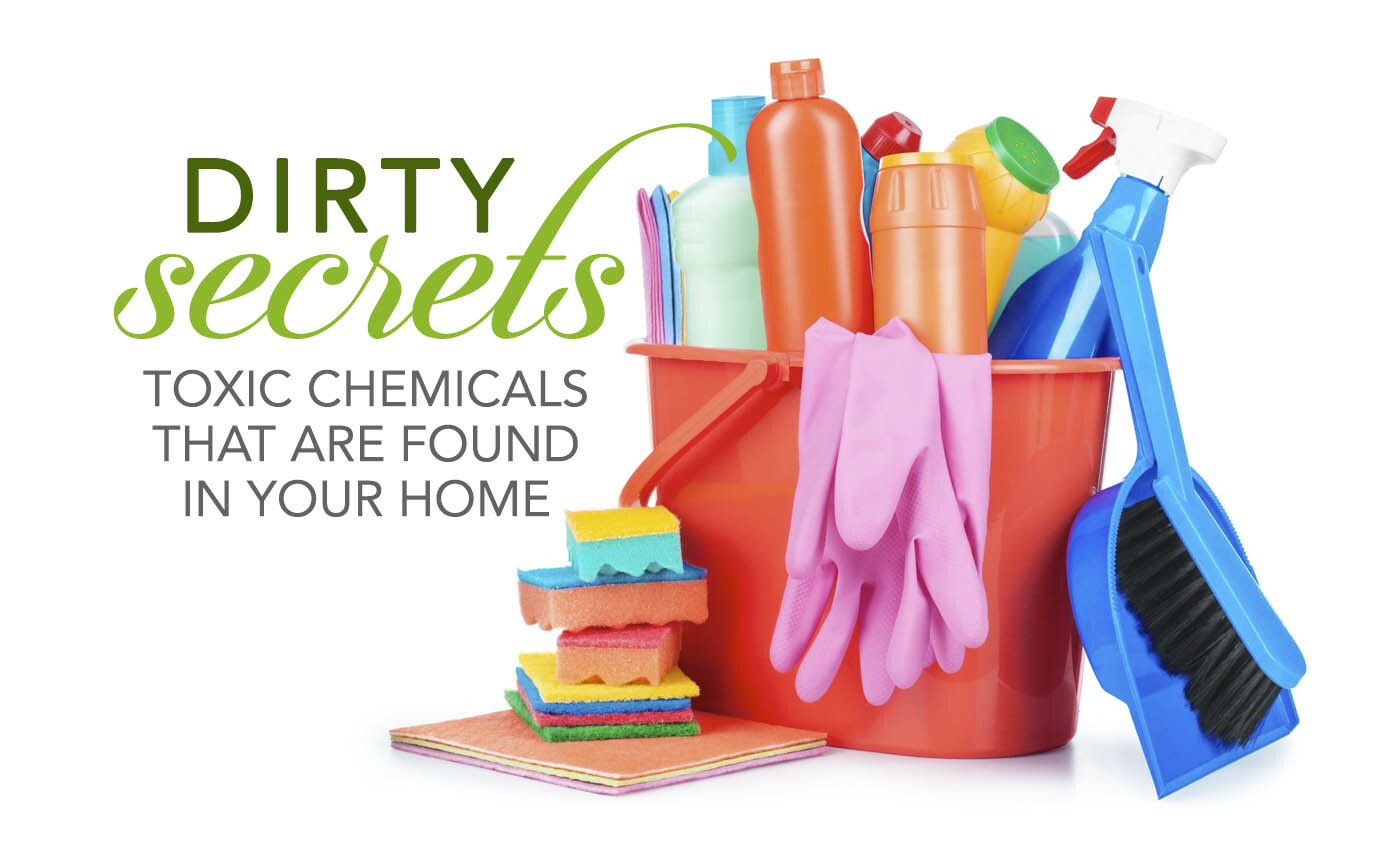
DIRTY SECRETS: CHEMICALS IN YOUR HOME
This post is contributed by One Drop member – Kaye Ng
Before i started using Young Living, I never realized how much of an organ your skin is. Yes it is a barrier, but it also ABSORBS! This is why when you have a muscle ache you apply pain relief creams right? Because you do believe that the “medicine” will enter and help soothe the pain. When you have a mosquito bite, the ointment will ease the itch and reduce inflammation. Yet on the other hand, we do not watch the chemicals we touch when we clean out the grime in the kitchen, and what really is in that foundation that you wear on your face all day long?
It has been for many generations that women esp have been known to die from the items they put on their face.
Taken from this article by CNBC News:
“In the meantime, U.S. marshals seized more than 12,000 tubes of Age Intervention Eyelash , a product designed to promote eyelash growth, after the FDA determined it was an “adulterated cosmetic” and potentially dangerous. (The product contained bimatroprost, a prescription drug used to to treat elevated pressure inside the eye). And the state of Minnesota took it upon itself to officially ban the use of mercury in mascara, eye liners and skin-lightening creams. (Most makeup companies have phased out use of mercury, but it’s still used in some products as a preservative.)”
When I had my kid, it was instinctive to buy the all the baby shampoos and soaps. The safest of the safe because you want to put the mildest thing on them. WHY? Why do mothers do that? I know I did because I did not want any chemicals to enter her pure body. But the question is, what has changed that when we grow older, we forget and allow our bodies to absorb EVERYTHING? Is it simply because our liver is now more mature and ready to break down these harmful chemicals? Maybe, but should we really be abusing our organs like that. Toxins build up and while we may not GLOW from the chemicals like in movies, it does affect our health in MANY MANY ways.
I have always loved this article and info-graphic. So here is sharing this one with all of you. I will do another on makeup on another post! So before u read the article and I end my post, think abt this. Skeptics worrying abt applying essential oils which are naturally derived from nature, versus those green bubble chemicals that you are applying all over your skin. Doesn’t seem to add up to me.
7 Toxic Chemicals Hiding In Your Home And How To Reduce Exposure!
Your home can be your safe haven from all the germs and bacteria that you encounter in public places. When it comes to safeguarding your health, even the toughest antiseptics and antibacterial cleansers could actually be hurting, not helping. While cleanliness and good hygiene is a preventive measure of sickness and disease, your health is at risk due to the exposure of a number of toxic chemicals hiding in the home.
The nonprofit Environmental Working Group (EWG) has found more than 80,000 chemicals are used in everyday goods, and each year, an estimated 2,000 new ones are introduced for use in such everyday items as foods, personal care products, prescription drugs, household cleaners, and lawn care products. These chemicals can be hiding in your bathroom cabinet, under your sink, laundry supplies, and through every square inch of your home. You can renovate your home and do some home improvement by identifying these seven harmful chemicals, their effects, and what you can do to reduce your exposure.
Infographic by Body Logic MD and Owain Lloyd-Williams, a UK-based writer and creative content author on behalf of BodyLogic MD.
- Bisphenol A (BPA)
What It Is: BPA is a common food contaminant used to make polycarbonate and epoxy resins, two common synthetics used for food and drink containers and the linings for food and beverage cans, and coating on receipts.
What It Does: The chemical is a synthetic estrogen that can disrupt the endocrine system, according to the EWG, that has been linked to a wide variety of ills such as infertility, breast and reproductive system cancer, and behavioral changes in children, among many others.
How To Reduce Exposure: You can avoid BPA by choosing fresh, frozen, or even homemade versions of canned foods. It’s best to limit your consumption of canned food, particularly if you are pregnant. You can also say “no, thanks” when your cashier asks if you would like a receipt.
- Dioxins
What It Is: This is a family of toxic chemicals that share a similar chemical structure and induce harm through a similar mechanism. Incineration of waste produces high levels of dioxins along with the bleaching of paper and wood pulp.
What It Does: The U.S. Environmental Protection Agency (EPA) has characterized this chemical as likely human carcinogens that are expected to increase the risk of cancer. It can lower sperm quality and damage the immune and reproductive system.
How To Reduce Exposure: The most simple way to avoid dioxins is to cut back on your consumption of fatty meat and dairy products. You should also avoid chlorine-based bleach and bleached paper products, such as disposable diapers and toilet paper.
- Flame Retardants
What It Is: Chemical fire retardants are added to manufactured materials, such as plastics and textiles, to meet flammability standards. Although not all flame retardants present concerns, these types do: halogenated flame retardants and organophosphorous flame retardants. They contain chlorine or bromine, and phosphorous bonded to carbon, respectively.
What It Does: These toxic chemicals are known for their impact on thyroid hormones disruption, female infertility, and can lower sperm count. According to EWG, one class of flame retardants called polybrominated diphenyl ethers (PBDEs), have been taken off the market due to toxicity concerns but have been replaced with “chlorinated tris” (TDCIPP) and chemical mixtures such as Firemaster® 550. However, these chemicals can lead to deficits in motor skills, learning memory, and behavior in children.
How To Reduce Exposure: Fire retardants can be found in furniture, carpet padding, and even in some baby pillows. You can reduce exposure by dusting and using a heap filter vacuum cleaner, since they tend to bind to dust. Using a face mask when cleaning carpets is also advised.
- Lead
What It Is: This chemical is a naturally occurring element found in small amounts in the earth’s crust, says the EPA. Lead is found in the air, the soil, the water, and even inside your home. Lead and lead compounds are widely used in a variety of products found in the home such as paint, ceramics, pipes and pluming materials, solders, gasoline, batteries, ammunition, and cosmetics.
What It Does: Chronic exposure to lead can lower IQ and lead to brain damage, cause hearing and vision impairment, disrupt hormonal development in fetuses and premature birth, and lower sperm count. Lead is toxic to everyone, but unborn babies and young children are at risk for health problems because they’re smaller, growing bodies are more susceptible to absorbing and retaining lead. It can act like a poison when absorbed by the skin.
How To Reduce Exposure: Lead can show up in water, so it’s best to get a lead-removing water filter. It’s best to avoid old paint that is chipped to crumbling. To avoid lead found in soil, don’t wear outdoor shoes indoors.
- Organophosphate Pesticides
What It Is: These organophosphate-based pesticides are used as a form of agricultural insecticide in the U.S. on fruits and vegetables. The breakdown of OP pesticides occurs when they are exposed to light and air. However, it is not known whether they ever degrade fully, says the Center for Environmental Research and Children’s Health at UC Berkeley, School of Public Health.
What It Does: OP pesticides chronic exposure has been linked to Parkinson’s Disease, neurotoxic effects, decrease in male testosterone, and linked to a variety of cancers. This is a common but deadly pesticide.
How To Reduce Exposure: Eating organic can help reduce the presence of this insectide. Organic farmers do not use synthetic pesticides like organophosphates on their fields. If you can’t go organic, it’s best to dry your produce with a clean towel or paper towel to remove remaining pesticide residues. Also, remember to throw away the outer layers of leafy vegetables like lettuce or kale.
- Perfluroinated Chemicals (PFCs)
What It Is: PFCs are fluorine-containing chemicals that make materials stain- and stick-resistant. They break down very slowly in the environment and are often characterized as persistent, according to the National Institute of Environmental Health Sciences. PFCs may be used to keep food from sticking to cookware, make sofas and carpets resistant to stains, male clothes and mattresses more waterproof, and sometimes they’re used in food packaging, including some firefighting materials. These large group of manufactured compounds are used in aerospace, automotive, building and construction, and electronics since they can help reduce friction.
What It Does: PFCs have been associated with breast cancer, disrupting sex hormone levels and sperm count, harm the immune system, and cause kidney problems.
How To Reduce Exposure: Cooks can reduce exposure by using ceramics and glassware instead of non-stick pans. You can look is there are any PFCs in stain-resistant carpets, cleaning products and cookware.
- Phthalates
What It Is: Phthalates are a group of chemicals used as plasticizers that provide flexibility and durability to plastics such as polyvinyl chloride (PVC), according to EPA. They are commonly used in applications that include building materials, clothing, cosmetics, perfumes, food packaging, toys, and vinyl products –flooring, shower curtains, and rain coats. These chemicals are also used in medical applications like blood transfusion bags and tubing, intravenous fluid bags and tubing, and other medical devices.
What It Does: They can damage the reproductive system, decrease sperm count, increase diabetes risk, and can induce early puberty in girls.
How To Reduce Exposure: You can avoid phthalates by not using PVC plastics and plastics marked with recycling label #3. Steer clear of products that have “added fragrance” on the label. Also, eat more organic fruits and vegetables.
Should you like to purchase the Young Living oils, please drop me a message at kaye@onedrop.sg or sign up here. I would love to support you in using the oils for yourself and your loved ones.



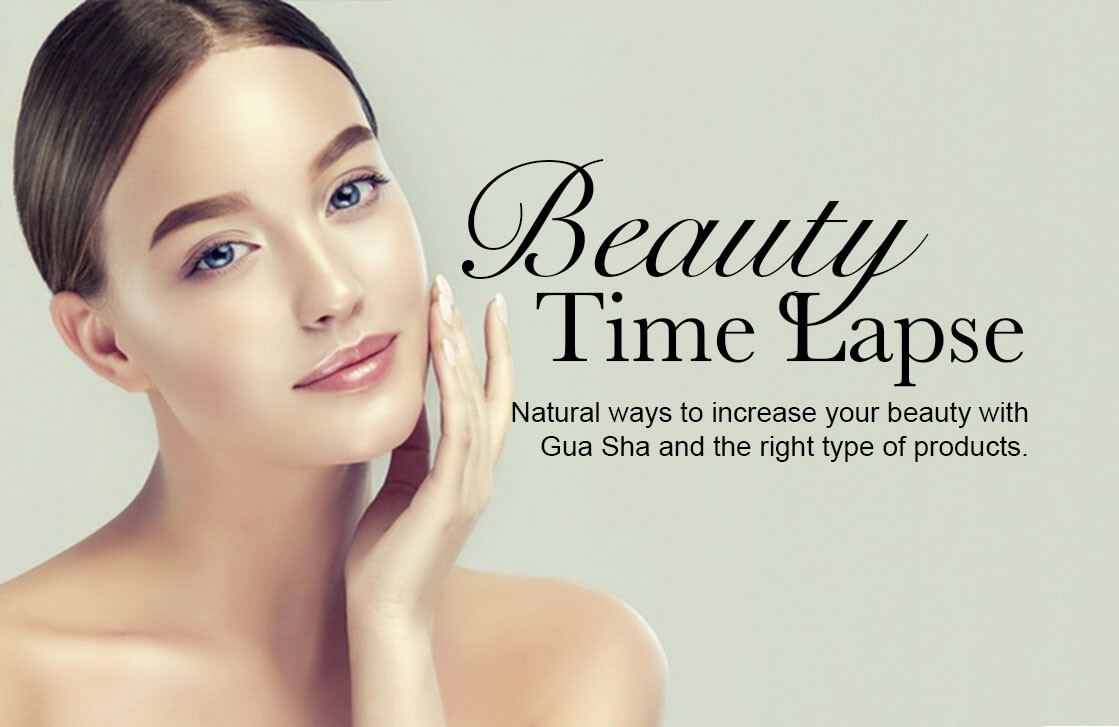

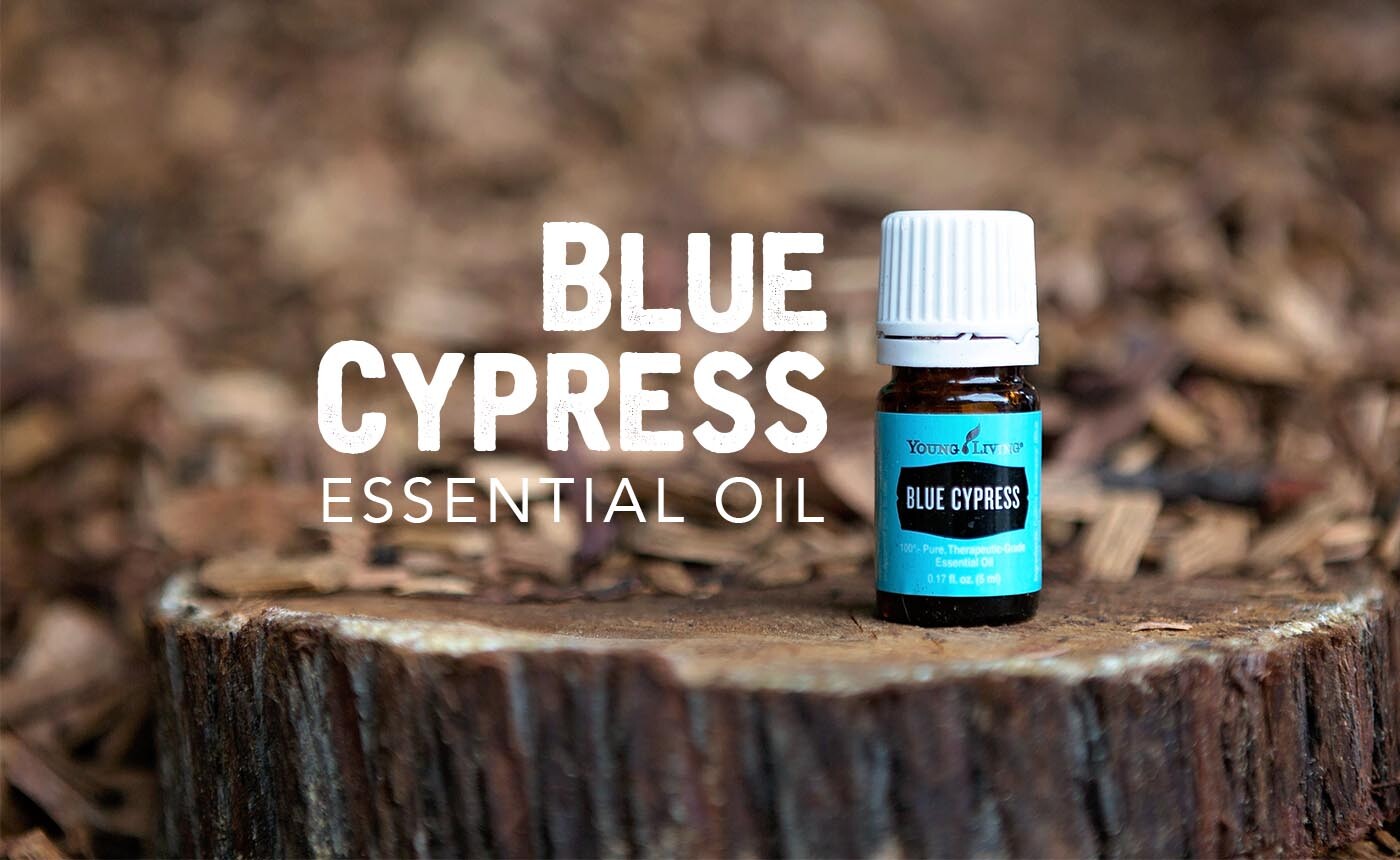
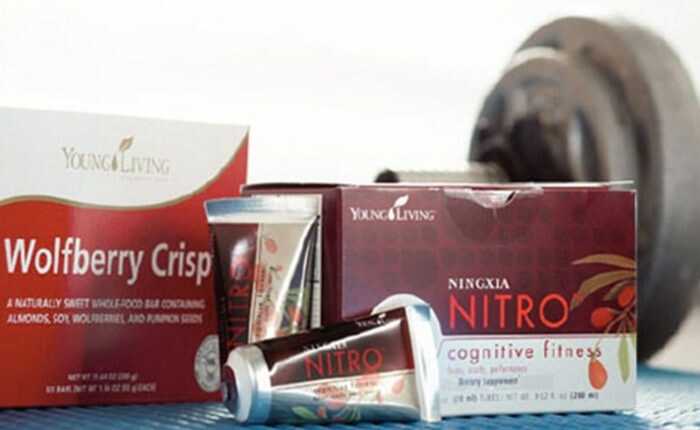
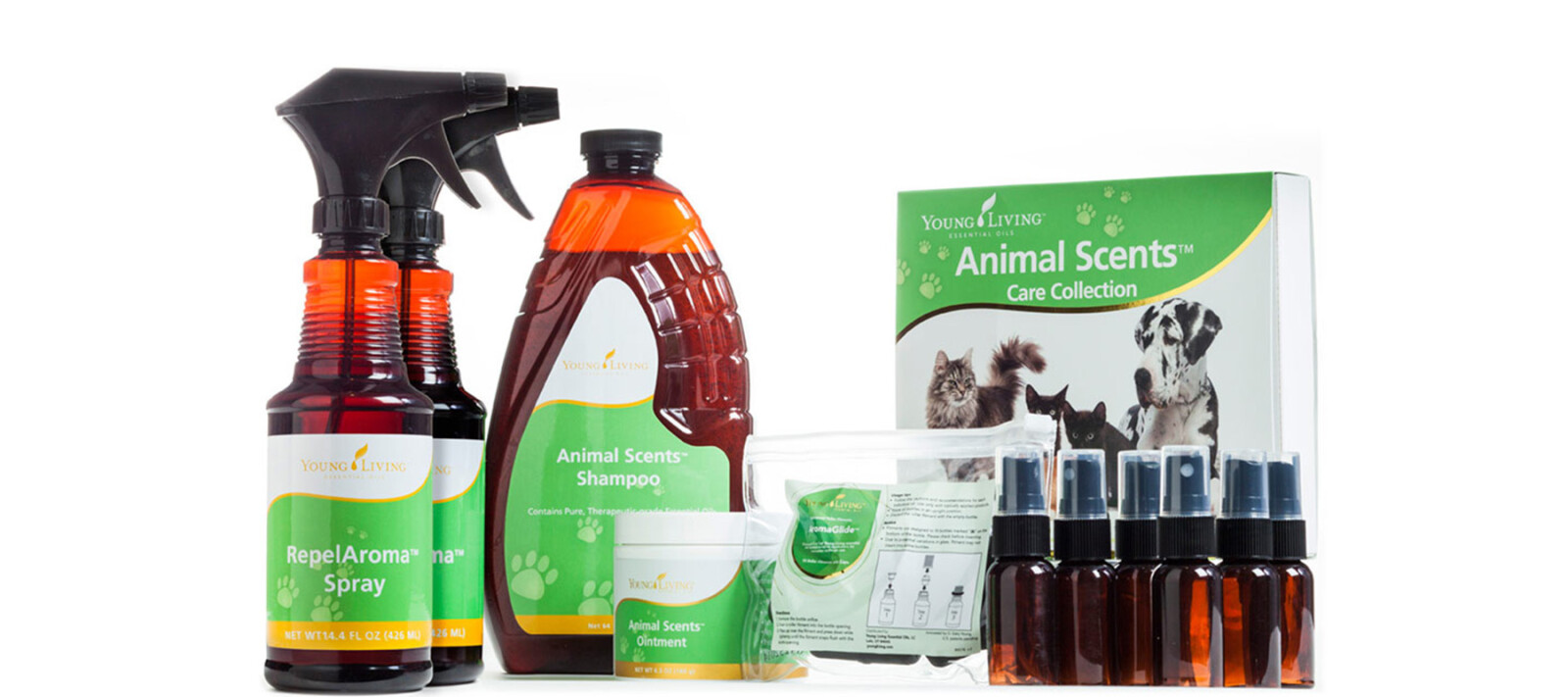

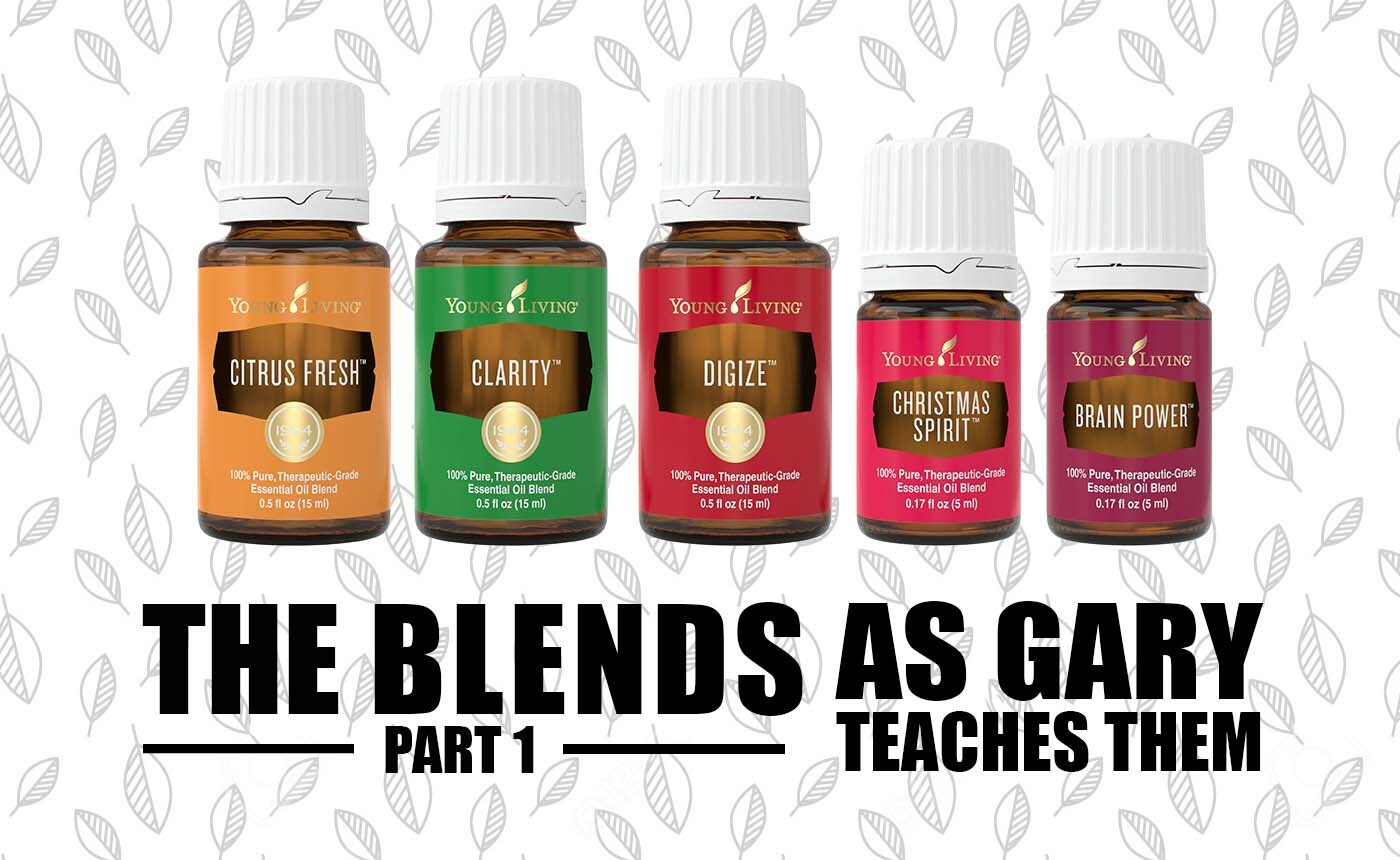
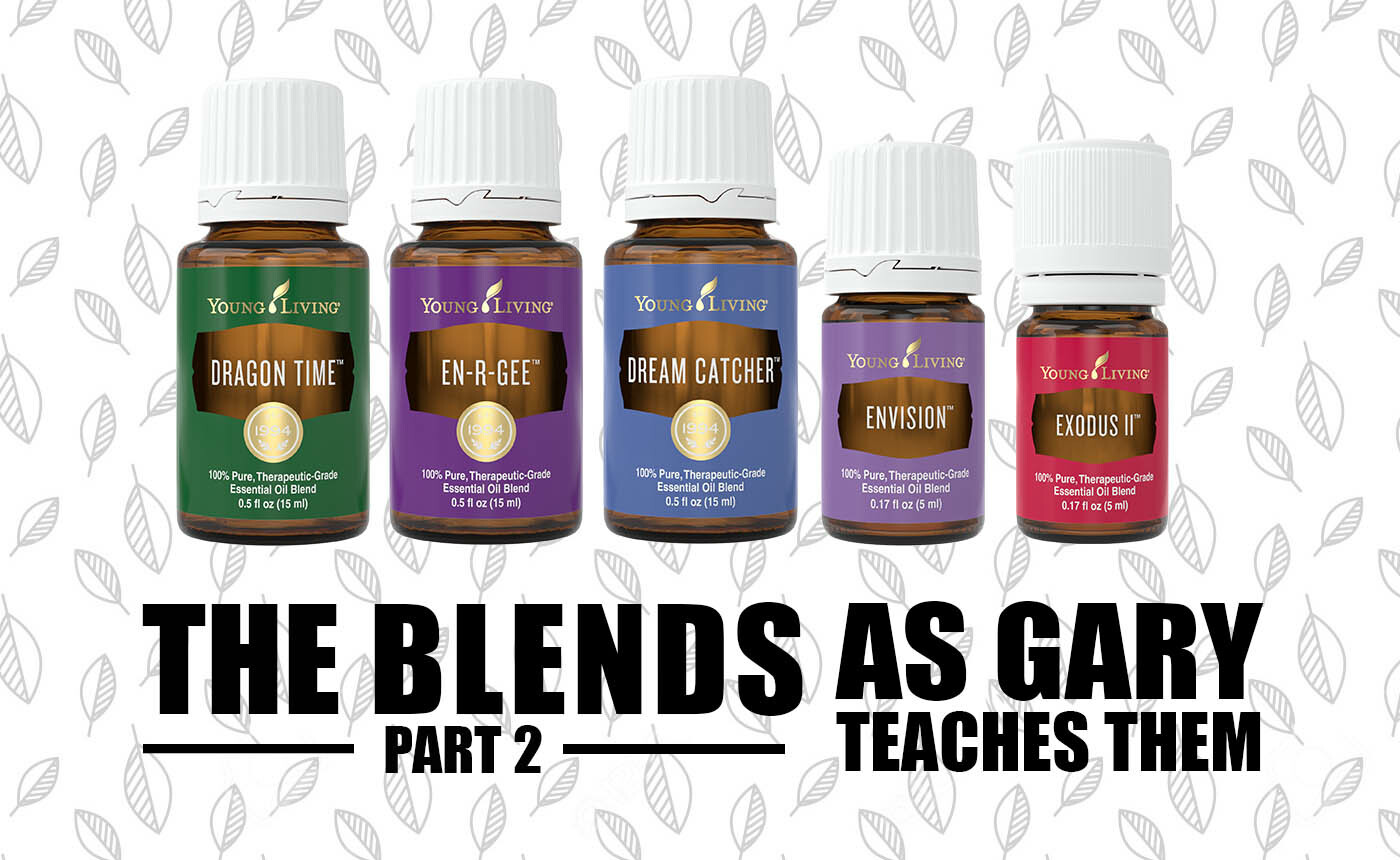


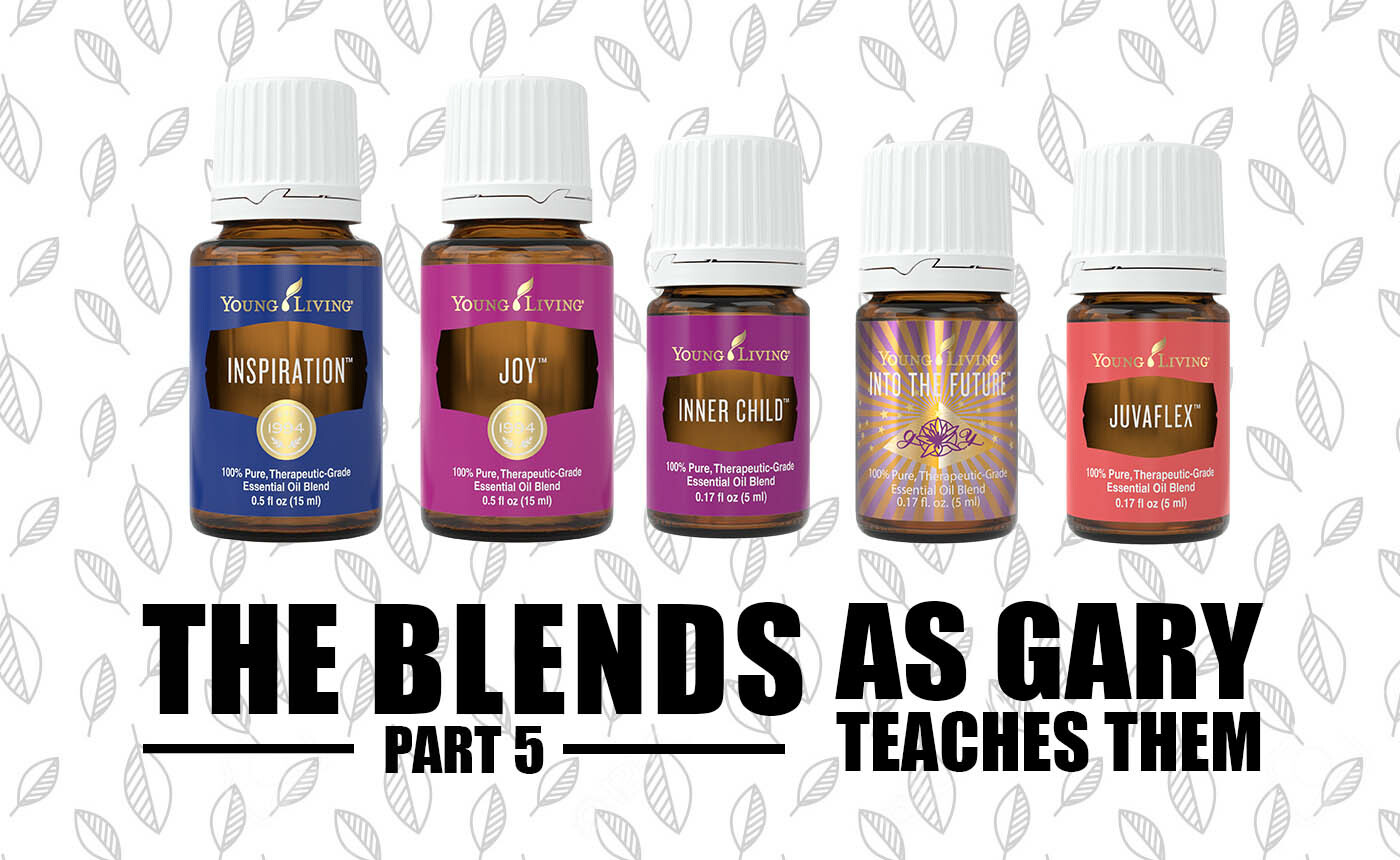
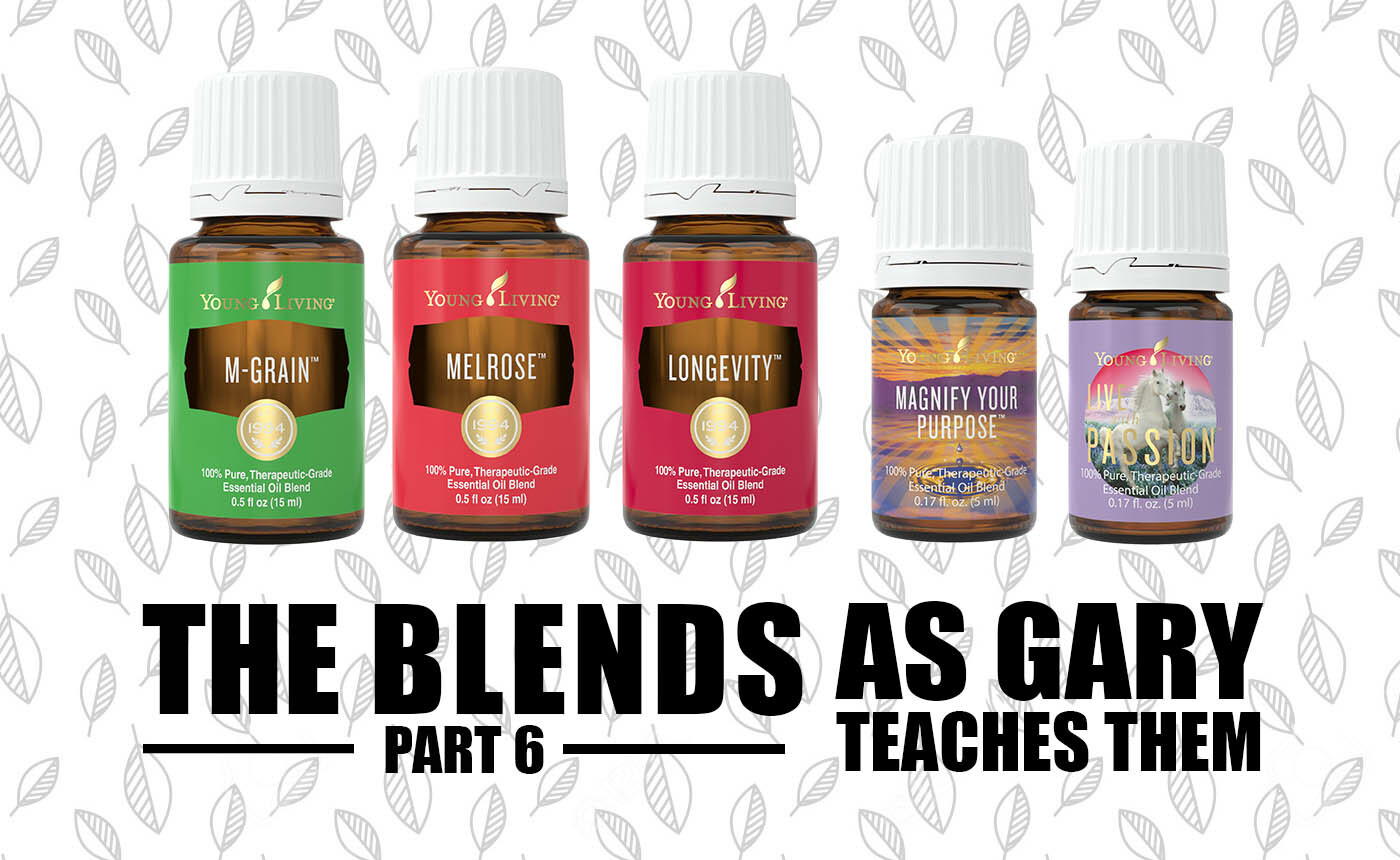
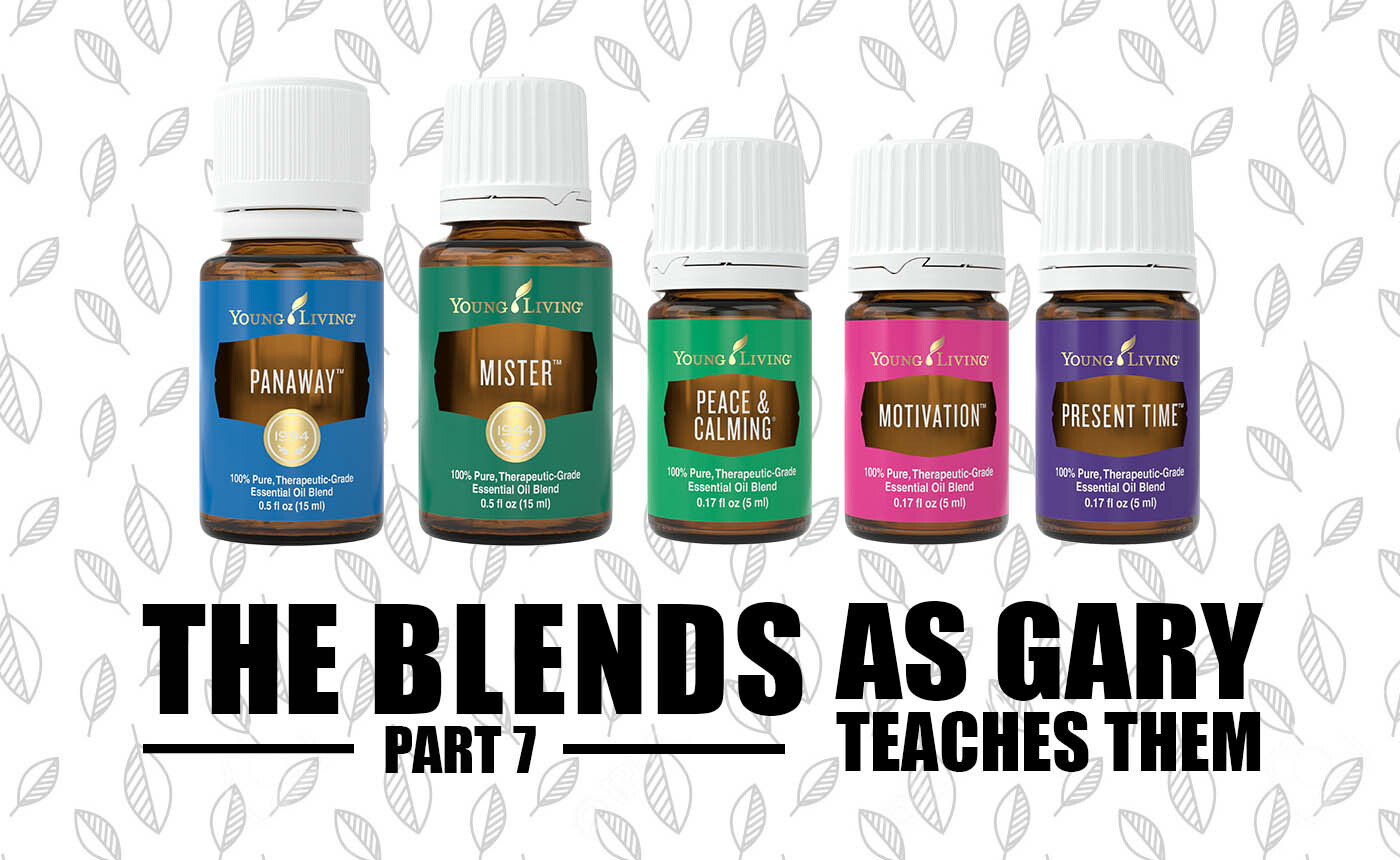

0 Comments